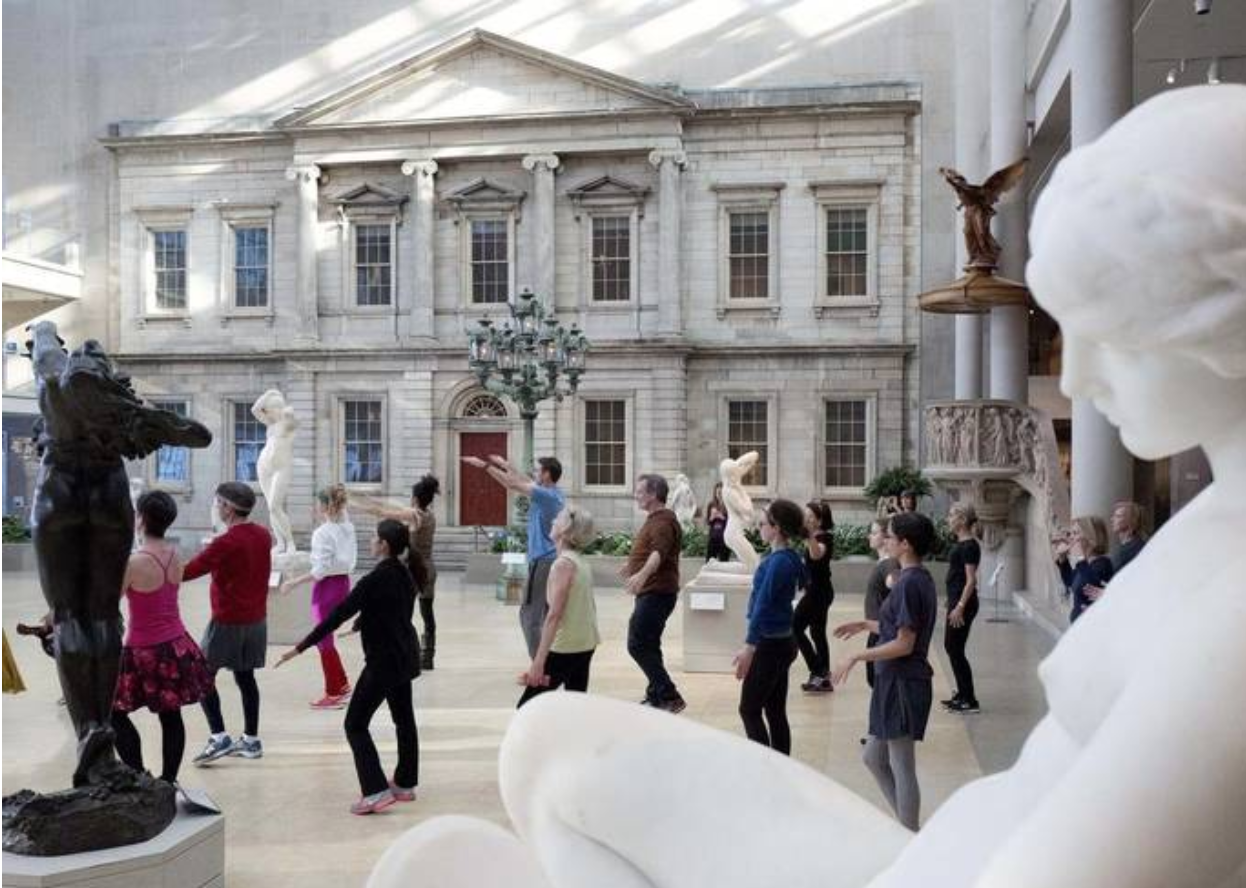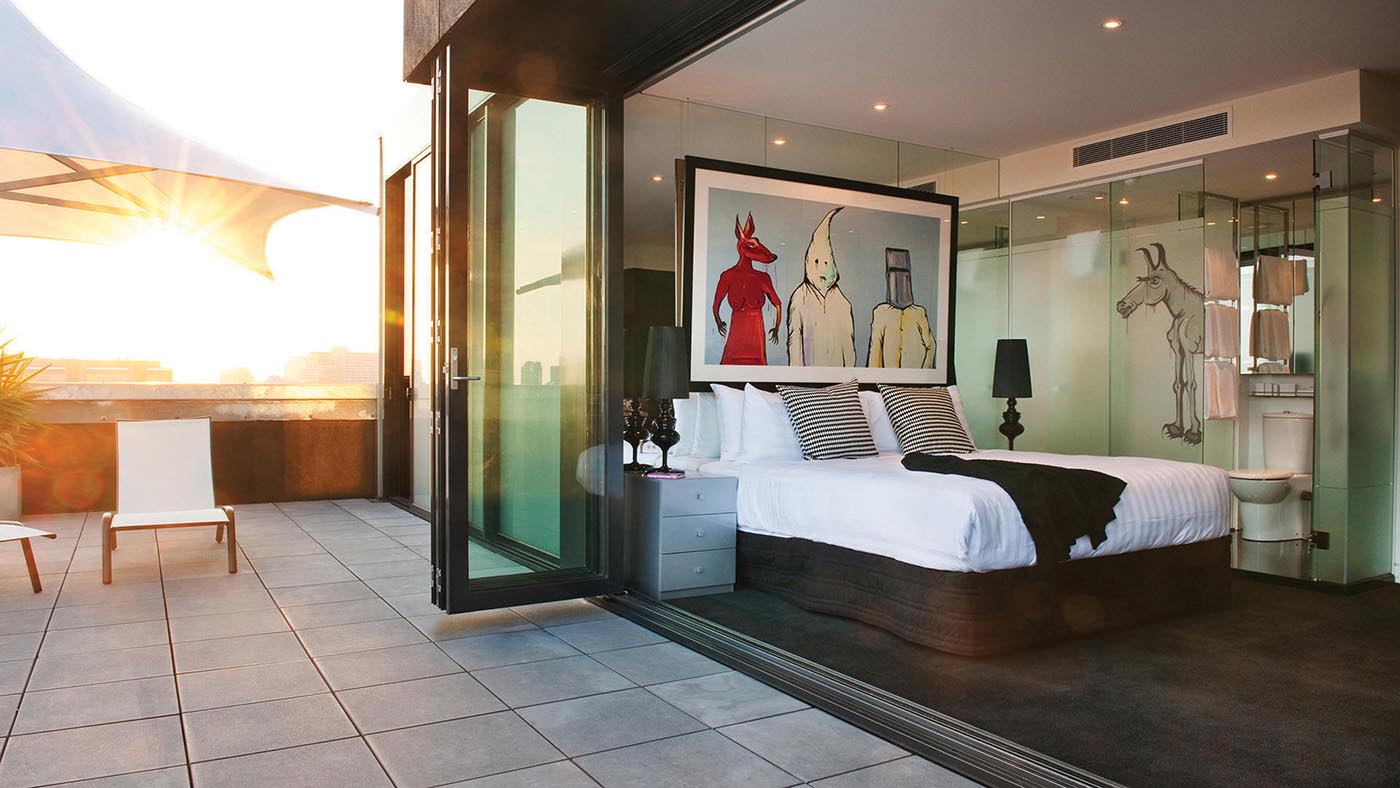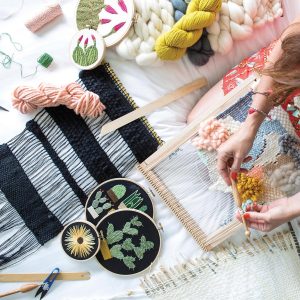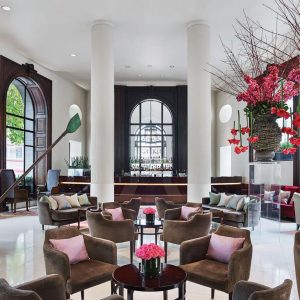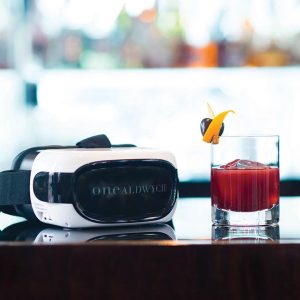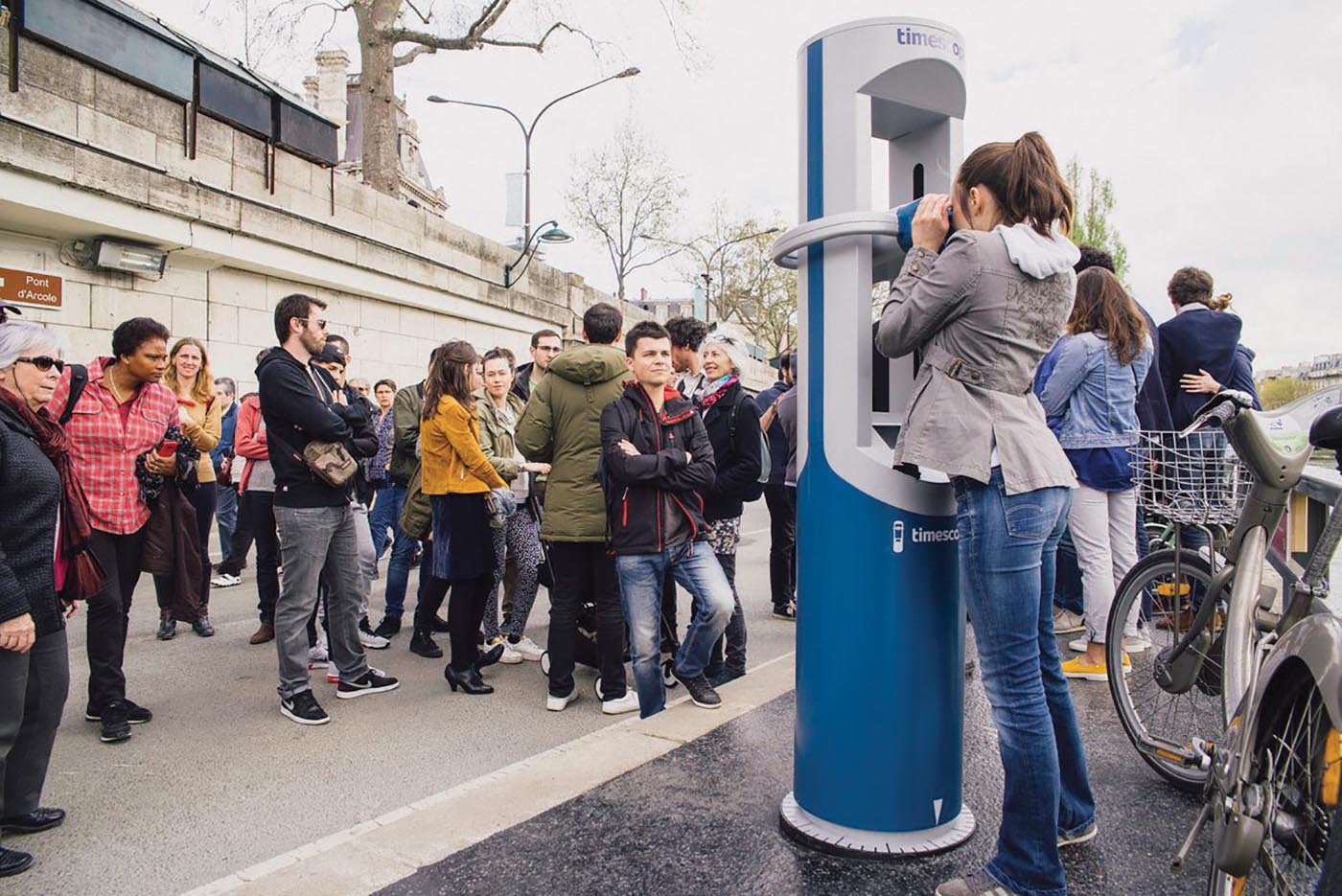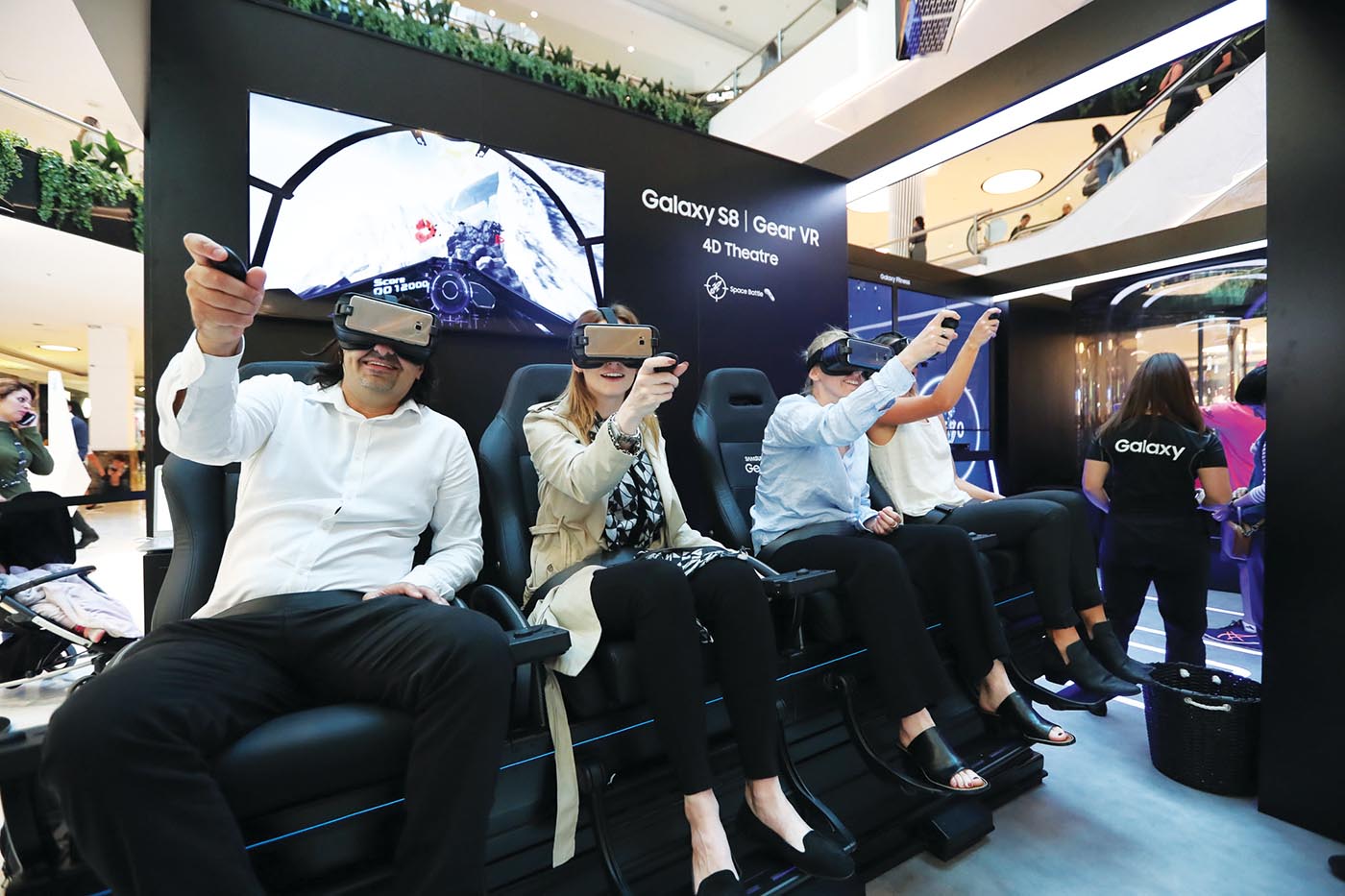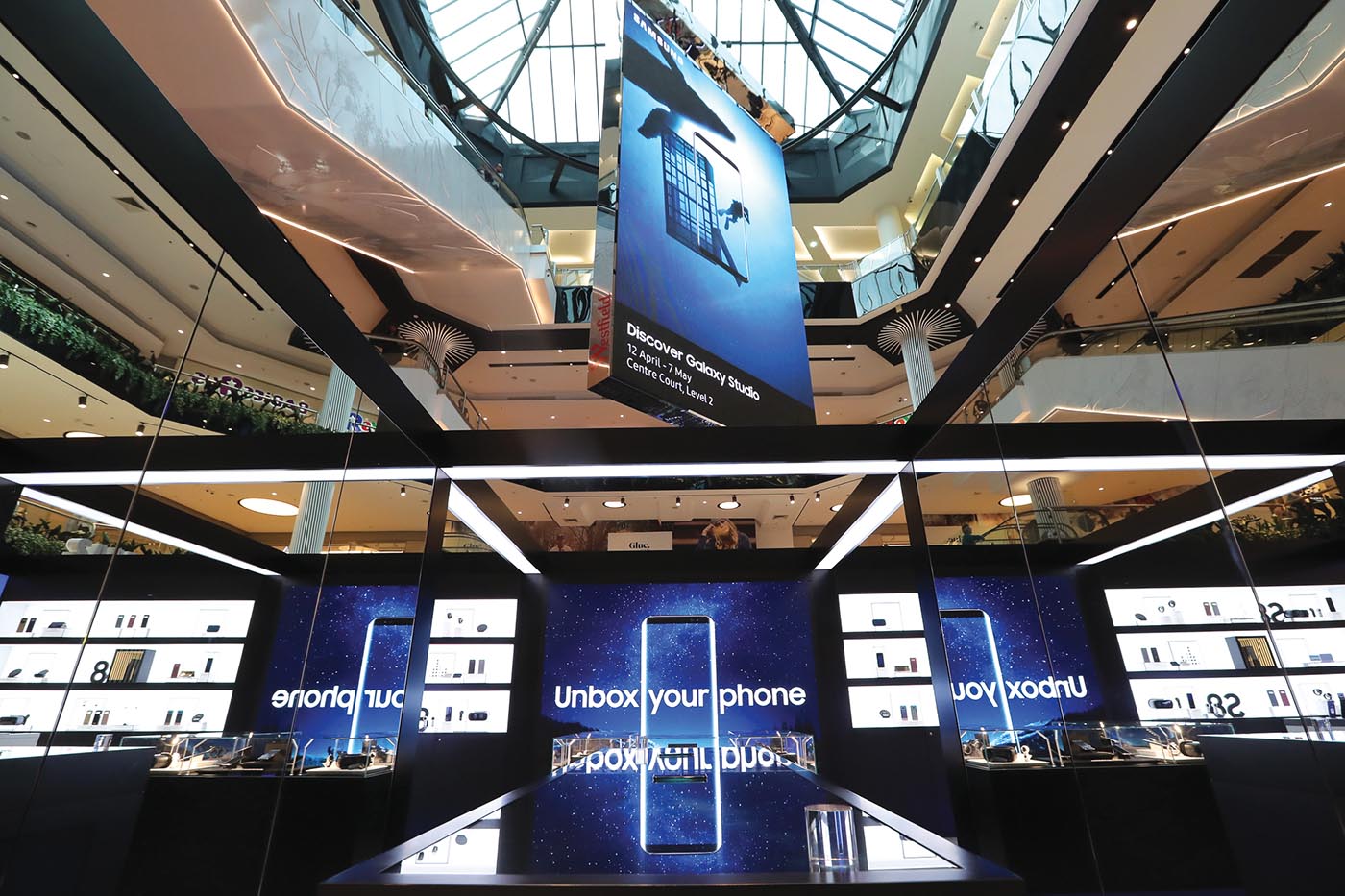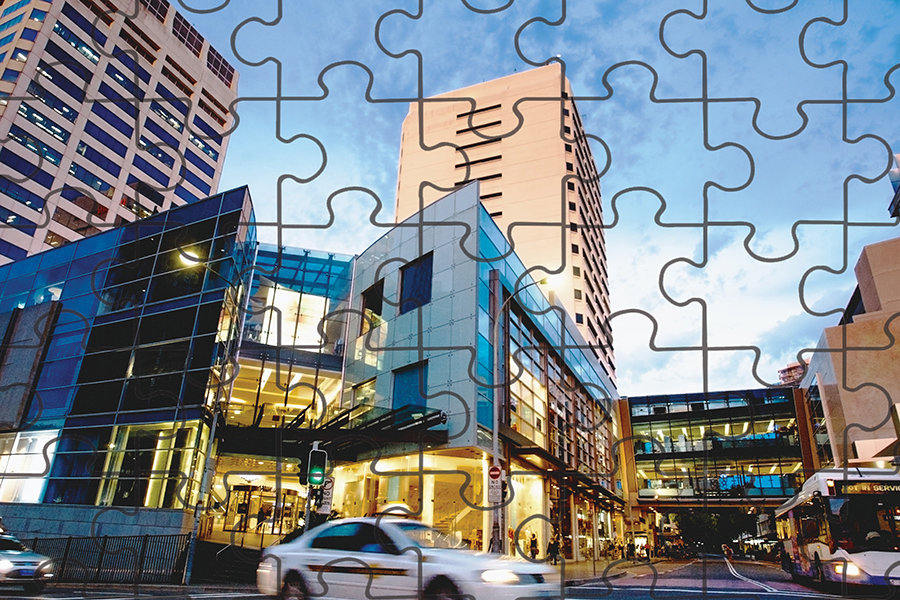We believe everything we publish is quality; some of the contributions are exceptional. This article, written expressly for SCN, is one of them and if it doesn’t stimulate your thinking, quite frankly, you’re in the wrong business! It’s an article about travel, but the links to the shopping centre are real.
With the continued growth of online retail in Australia – which last year accounted for more than $20 billion in domestic sales for the first time in its short history – it’s no surprise that many shopping centre operators have been doing a bit of soul-searching of late. In a world of 24-hour access, same-day delivery and instant gratification, what is the role of the shopping centre?
Over the past five years, an interesting shift in focus has occurred in the travel industry that may provide some insight. Customers – of all ages – have been turning their backs on mainstream packaged travel as they seek out more genuine and unique travel experiences.
A 2014 travel report by European research agency Skift provides two great explanations for this. The first is that globalisation has led to the homogenisation of world culture and, as a result, travellers are digging deeper for unique experiences. The second is that the platforms and technologies designed to keep us ‘connected’ have ultimately (and ironically) proven to isolate us from reality, and as such, consumers are increasingly desiring more authentic experiences in their travels. Together, Skift calls this ‘the rise of experiential travel’ and it highlights the potency of immersive experiences in attracting and engaging modern audiences.
- ‘The Museum Workout’ at the Met, NY
- Max Richter’s eight-hour lullaby ‘Sleep’
Offering one-of-a-kind experiences is one way the travel industry creates immersive engagement.
Earlier this year, New York’s Metropolitan Museum (the Met) hosted ‘The Museum Workout’. Led by choreographers from American dance company Monica Bill Barnes & Co. and accompanied by a recording narrated by writer Maira Kalman, participants danced, stretched and flexed throughout the museum in the early hours of the morning – experiencing the iconic institution in a way few people ever will.
In a similar vein, in June last year, the Sydney Opera House invited 200 guests to stay the night in the presence of Max Richter performing his world-record breaking, eight-hour lullaby, ‘Sleep’. On arrival, guests were served soup, toasties and hot chocolate before being shown to their individual beds. Laid on the beds were first-class sundries – slippers embroidered with Richter’s name, snacks and eye masks – priming participants for Richter’s lullaby performance.
- Art Series Hotel collaboration with online marketplace Etsy
- Art Series Hotel collaboration with online marketplace Etsy
- Airbnb ‘trips’ platform
While composers, art collections and sleepovers are perhaps beyond most shopping centres, what these examples do underscore is the potential for conventional spaces to offer extraordinary experiences through unconventional programming. A blank wall, an empty car park, a vacant thoroughfare – these are all stages waiting to be set.
Increasingly, brand partnerships are being leveraged by the travel sector to deliver such experiences. For this year’s Coachella Festival, Marriott Hotels and festival organisers have teamed up to create a luxury safari camp within the festival grounds. Fitted out with the same furniture and fixtures found in Marriott’s lifestyle portfolio (Aloft, Renaissance, etc), the accommodation includes private bathrooms, air conditioning, cooked meals and even an on-site concierge. To top things off, guests are to be ferried to and from the main stages in golf carts, with access to VIP viewing areas.
It’s a concept that lends credibility to both parties – supplying Marriott with cultural cachet and extending Coachella’s appeal to a more premium audience – and is comparable to Melbourne’s CBD-rooftop glamping experience, ‘St Jerome’s – The Hotel’, a partnership between Melbourne Central shopping centre and the hospitality group, Get Notorious. Such arrangements ultimately allow each collaborator to focus on what they do best, in the interest of the overarching customer experience.
While the above experiences engage customers through novel experiences, the travel sector is also increasingly using the promise of local encounters and human connection to attract and reward custom. In 2015, Melbourne’s The Art Series Hotel collaborated with online marketplace Etsy to fit out a penthouse suite with handmade and vintage home wares sourced from the local Etsy community, giving visitors a taste of the local creative culture and the opportunity to take home a slice of it. Etsy is, of course, no stranger when it comes to celebrating local talent, with many awareness initiatives in play, including their online city guides that connect travellers with local boutiques stocking handmade items from popular sellers.
Local connections are also at the heart of Sidestory, a London-based start-up that offers walking tours for creative types, hosted and curated by local chefs, artists, designers and architects. The tours promise a three-hour insider’s view of various city neighbourhoods, introductions to local movers and shakers and behind-the-scenes access to kitchens, galleries and workshops.
It’s a concept that has also taken the eye of Airbnb, which has just launched a new app with a similar service offering. Under the labels ‘experiences’ and ‘places’, Airbnb now connects travellers with local hosts willing to share their time and knowledge to provide travellers with local adventures, activities and events.
For shopping centres, such initiatives – rooted in hyper-local culture, expertise and commerce – are an interesting counterbalance to the rising tide of global culture. A fine-tuned local proposition can be the difference between a forgettable, transactional experience and an immersive one that builds long-term loyalty.
Elsewhere, it’s technology that the travel and hospitality industry is using to deepen engagement with visitors. In particular, the increasing affordability of virtual reality has seen its use begin to proliferate.
- The lobby bar at One Aldwych, London
- VR telescope on the Seine, Paris
In the lobby bar at One Aldwych, a five-star hotel in London, guests perusing the drinks menus are encouraged to ‘take a trip to the Highlands’. What follows is a whisky cocktail served with a virtual reality headset, which takes the guest on a tour of the Scottish Highlands, from the distillery where the whisky is aged to the fields that yield the barley malt. The bar’s manager, Pedro Paulo, hopes it is a lasting encounter for his customers. “In a finished drink, there are barrels and fields and places that go into making it. Giving this knowledge was my main motivation. It’s an experience beyond the drink, and they will remember it,” says Paulo.
In Paris, virtual reality is also being used to captivate visitors. Located on the Seine near the Pont d’Arcole bridge, a virtual reality telescope branded ‘Timescope’ gives viewers a glimpse of life on the river in 1628. The telescope – which is free to use – also has AR functionality, which overlays text pointing out important landmarks.
Both these experiences offer users a suspended sense of reality that immerses them in another place or time. The ability to co-create alternate realities with customers, to allow them to dream and to imagine, fundamentally supports the transformative power of retail.
- Samsung Galaxy Studio, Westfield Parramatta
Within shopping centres, this very topical area of immersive experiences has been fully embraced by Samsung at Westfield Parramatta with the recent launch of what the company describes as ‘the next generation in mobile innovation’ – an immersive VR experience which showcases the potential of the new Galaxy S8 and S8+ products.
Lastly, centres should not overlook the opportunity to create purposeful experiences for their patrons by supporting social causes. Ethical and social awareness is an increasingly important touchstone for consumers, and finding a relevant social cause to champion collaboratively can build community and generate goodwill for centres.
Such is the interest in social good that San Diego enterprise Discover Corp has built a business around it. A travel company by trade, Discover Corp offers its customers the opportunity to book socially minded travel adventures, from delivering health initiatives in the Dominican Republic to supporting conservation efforts in South Africa.
The emerging field of immersive experiences offers a clear opportunity for physical retailers and centres to play to their strengths. Immersive, by its nature, showcases a product or service in its best light, thus creating a more memorable association, driving long-term loyalty. Over the next decade, immersive brand experiences will start the answer the need shopping centre operators have for alternative anchors and should be viewed with a great degree of optimism.
- Discover Corp travel programs
Key provocations for creating immersive experiences
1. Uncover what makes your asset unique, and amplify it
How: Define the architectural or locational features of the centre that have the greatest presence or distinctiveness, and introduce a programmatic overlay that brings them to life.
2. Create ways for customers to escape the everyday
How: Indulge visitors of all ages in experiences that promote play and fantasy. Use technological interventions where necessary, but don’t be afraid of lo-fi solutions.
3. Build partnerships with likeminded brands
How: Establish strategic and symbiotic partnerships with brands that specialise in immersive customer experiences. Think laterally and look beyond traditional retail, perhaps towards the hospitality and entertainment sectors.
4. Draw inspiration from the local area
How: Explore local industry, culture and lifestyle to define what makes the centre’s catchment unique and then innovate platforms to support and share this vibrancy with the wider community.
5. Build community around a common purpose
How: Create or participate in social initiatives that align with the values of the centre’s customer base by contributing space, human resources and or financing.


